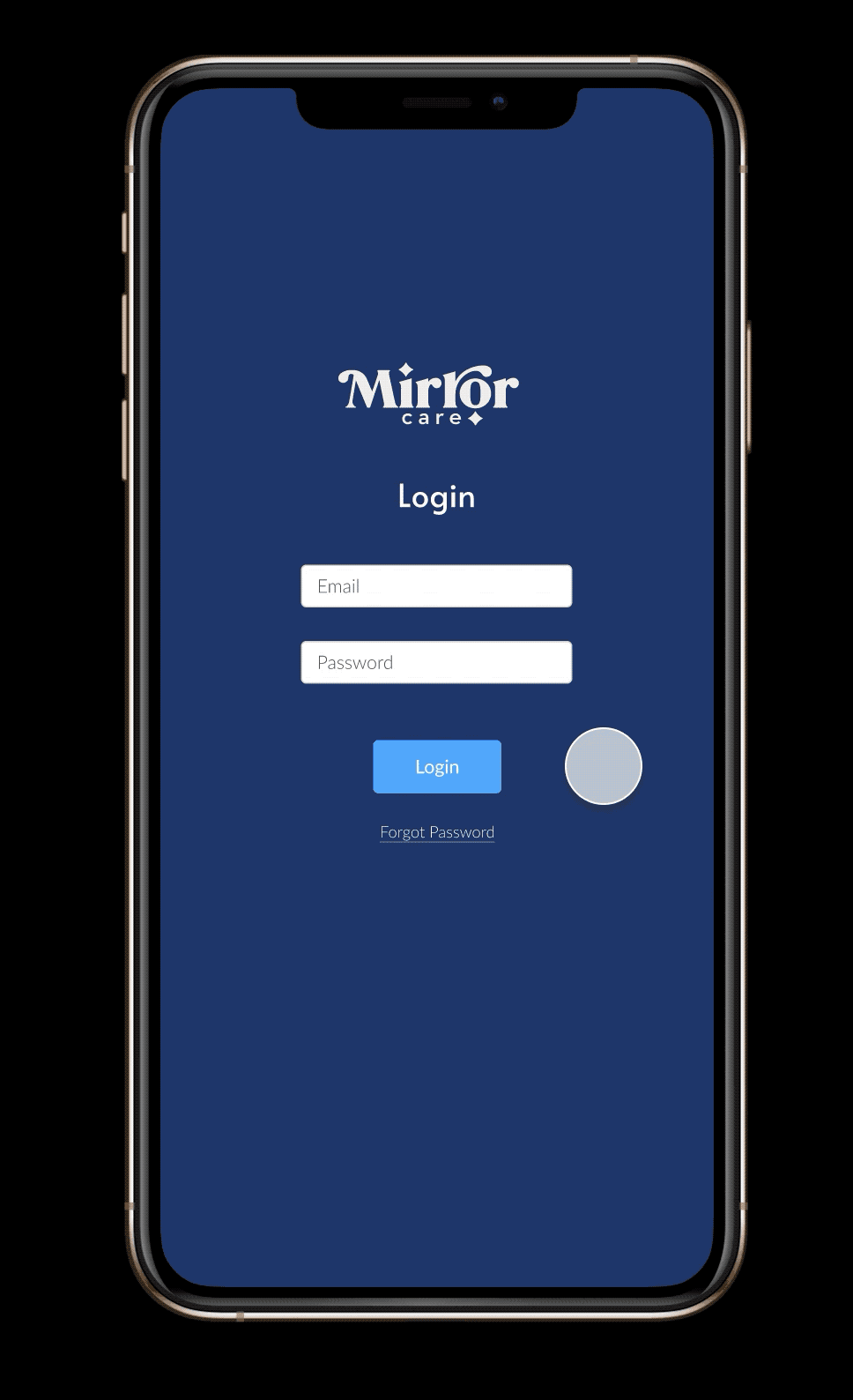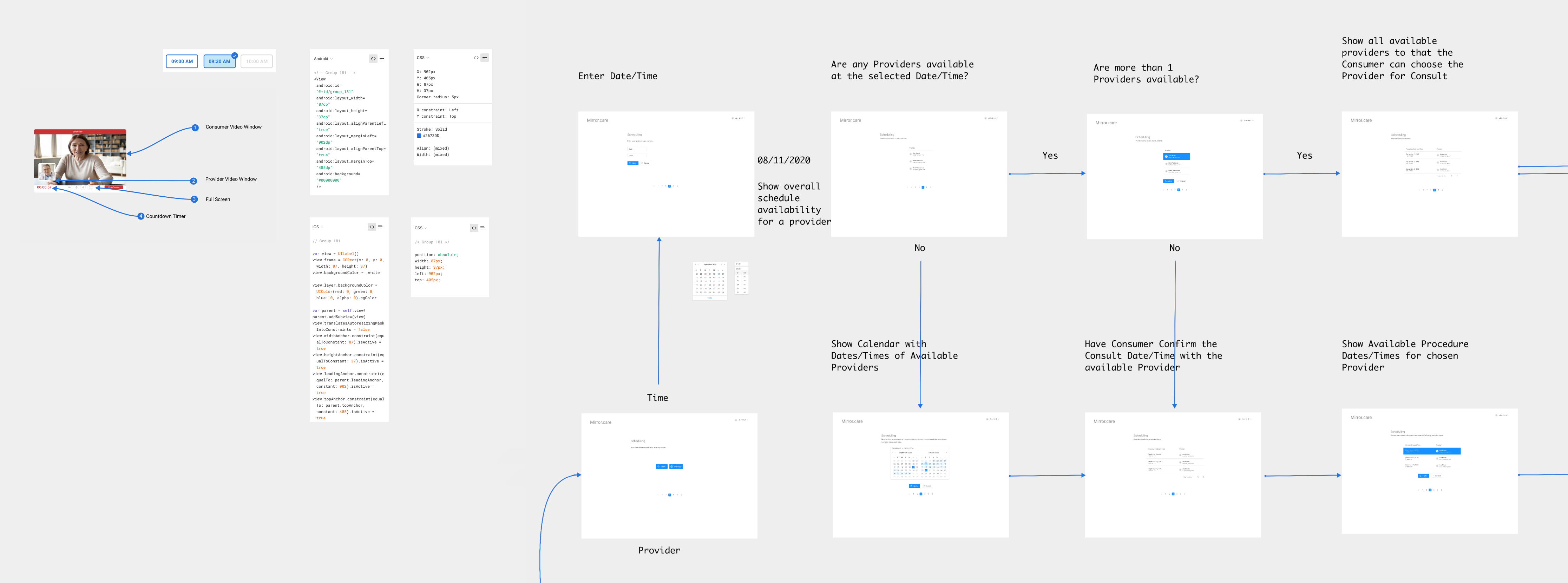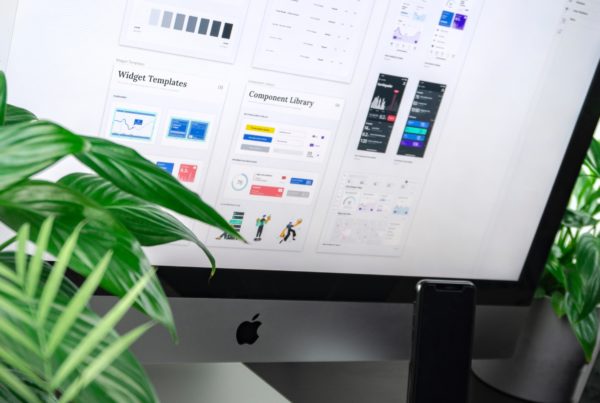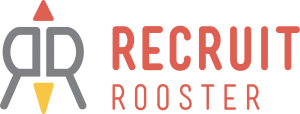We’ve seen increased interest and a lot of excitement around app prototypes. You can read Jason Ward’s great post here, to get an introduction on what has become an effective and cost-saving trend.
I’m going to delve into some app prototype examples and why you need these to succeed — not only to develop your app faster, but to more effectively engage your audience whether they are partners, potential customers, or (especially) potential investors.
3 reasons you should create an app prototype
1) Tell a story that you can see as well as feel
To convince anyone of a new idea, you need to be able to tell a story.
Much like telling a joke, if a story takes too much explanation to figure out, then it has failed. A prototype married with defined user stories will provide an interactive visual aid to engage stakeholders (and test with users) allowing them to see as well as get a feel for the experience of app.
In this app prototype example, we can see a customer sign up, log in, and book an appointment with a care provider for a telehealth application.
2) Speed up development with comprehensive documentation
When designing a prototype, not only are you getting an interactive visual aid to tell your story, you’re also creating documentation that can be useful when beginning development.
With user flow diagrams, code information (including CSS, Swift, and XML), and the ability to comment and iterate, app prototypes can greatly improve the speed at which development can be done and ensure you have an effective MVP that can hit the ground running.
Shown here is an example of documentation built into an interactive app prototype — giving the developer a behind-the-scenes understanding of how the app will function.
3) Go to market faster before writing a single line of code
While development is underway on your MVP, you can use your interactive prototype to begin your go-to-market strategy.
With an app prototype, there’s no need to wait for development to be finished, because you have an accurate representation of what your potential users can expect. Record your click-throughs of the app and use them on targeted microsites, social channels, and email lists to get users interested early.

